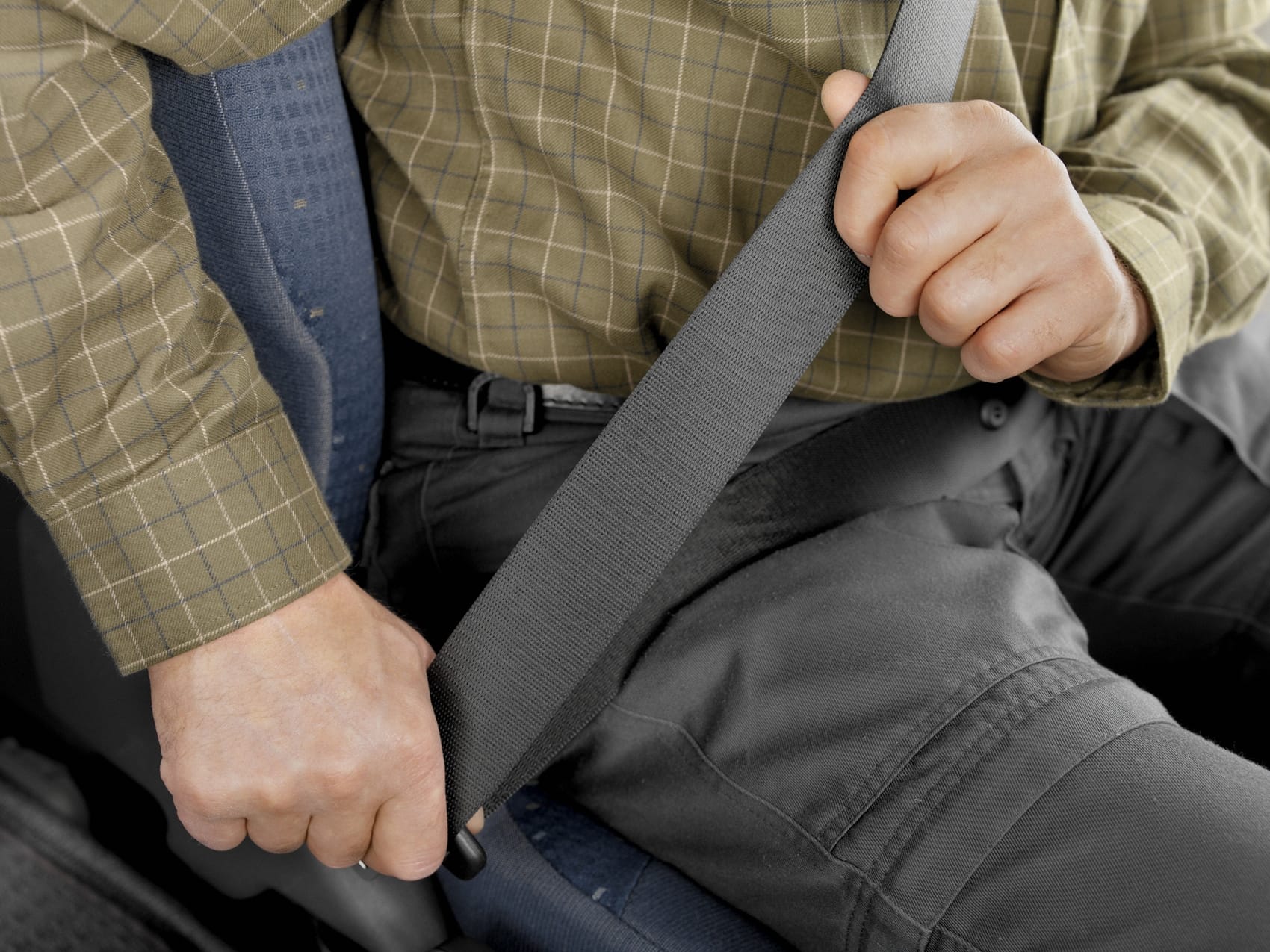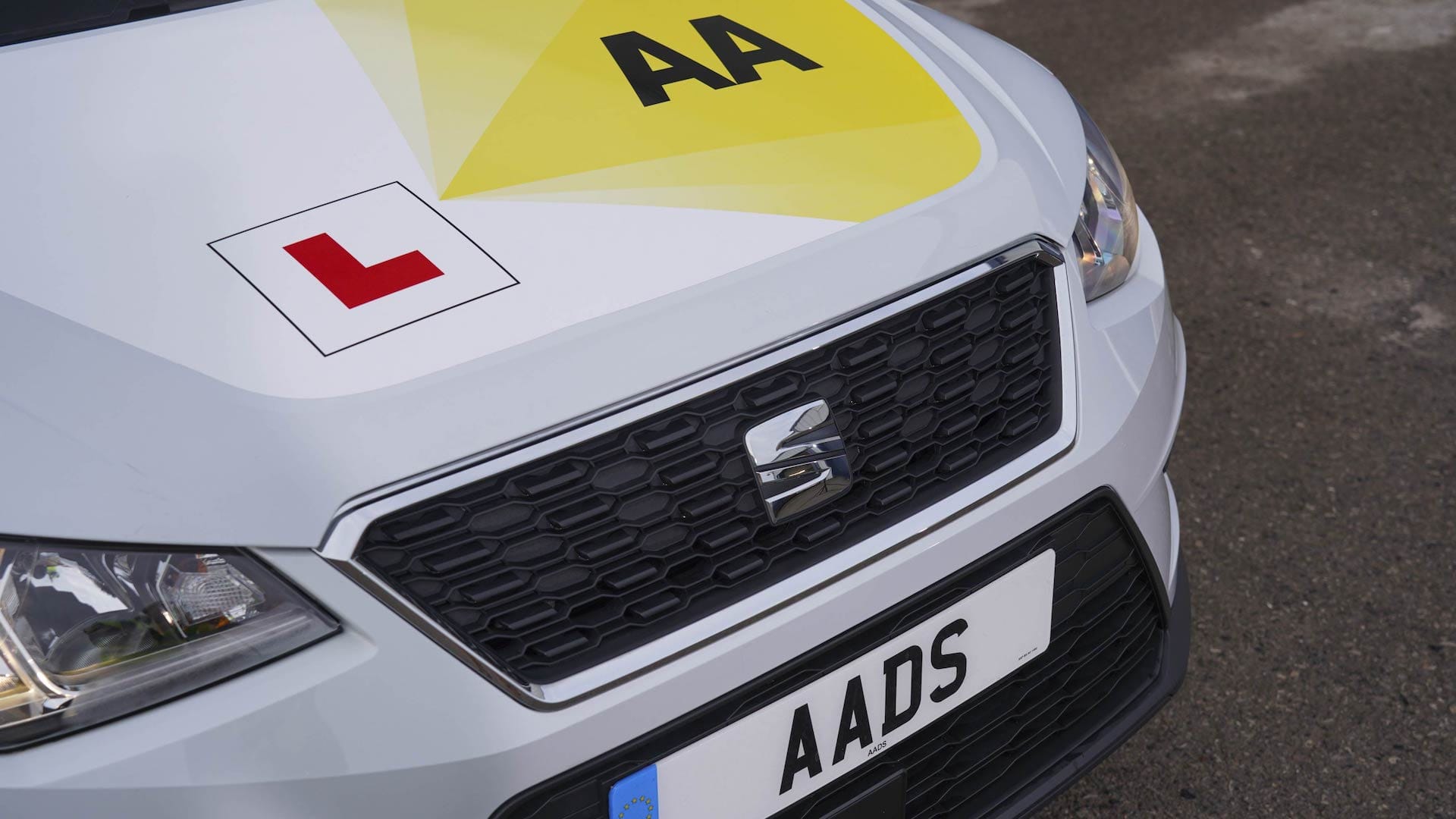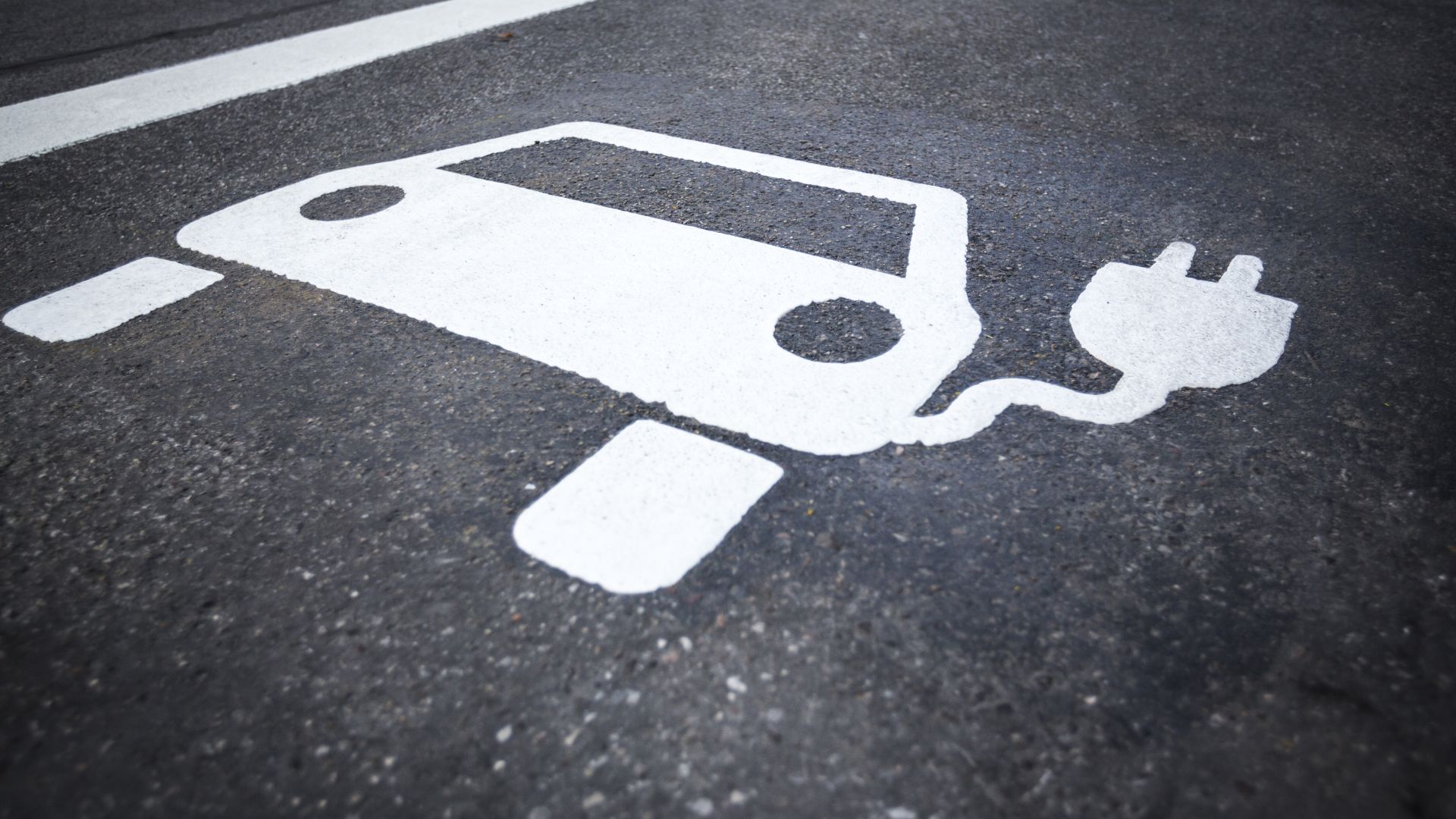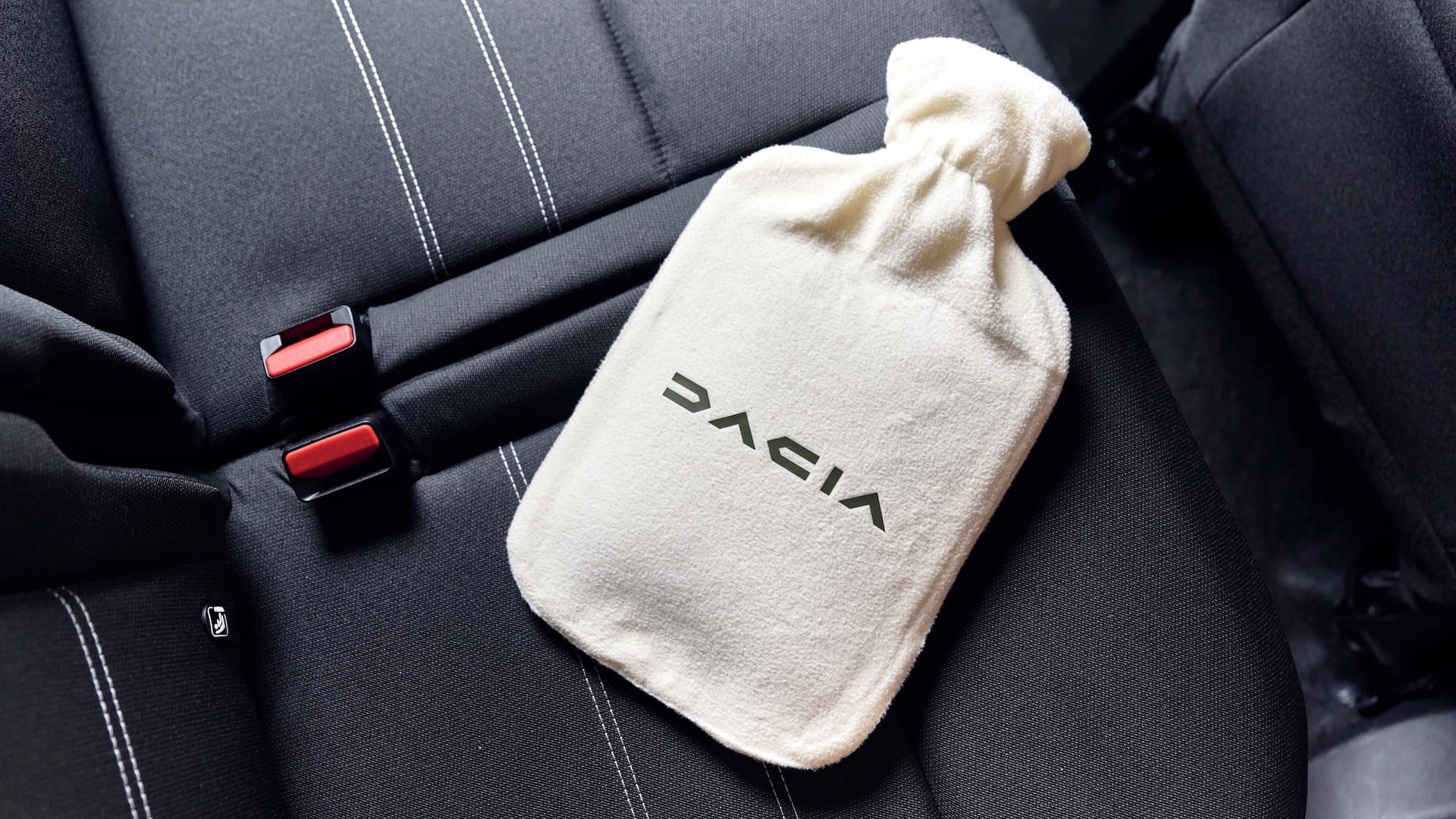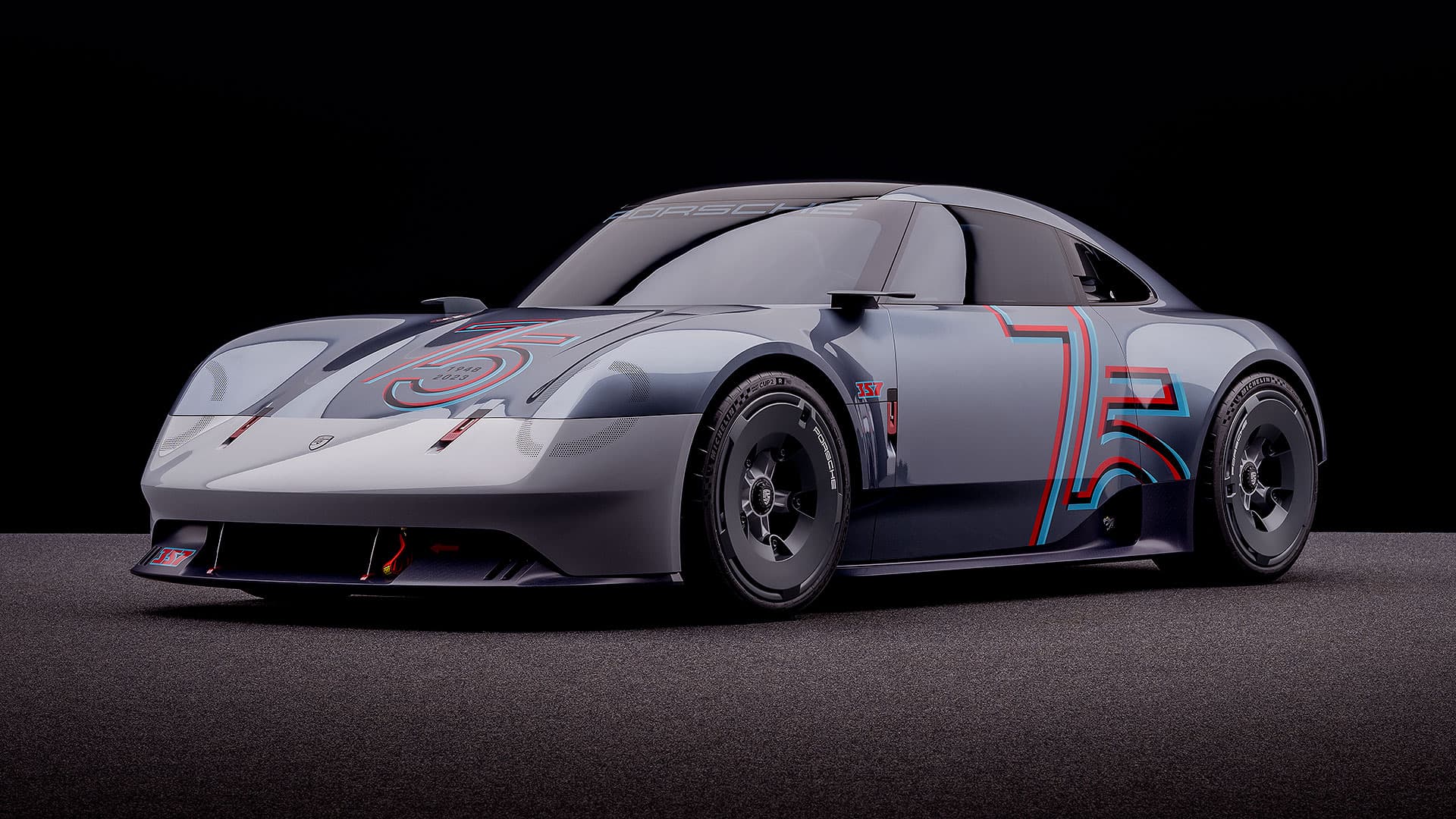
Bizzarrini has revealed the first details of its ‘purist’ mid-engined hypercar. Named after company founder Giotto Bizzarrini, the Giotto is the first all-new car from the reborn Bizzarrini brand.
Technical details are still thin on the ground, but we’re told Giotto’s Bizzarrini’s work on the long-serving Lamborghini V12 – first used in the 350 GT of 1964 and in continuous production until the Murcielago SV of 2010 – has inspired the naturally aspirated V12 engine.
Like the original Bizzarrini 5300 GT (pictured on the right in Revival guise), the Giotto is also styled by Giorgetto Giugiaro, whose design back-catalogue includes the Mk1 Volkswagen Golf, BMW M1, DeLorean DMC-12 and many more.
Six decades of history

“Giugiaro still recalls standing with Steve McQueen at Le Mans in 1965,” explains Bizzarrini marketing chief, Simon Busby. “He said they were both listening for the Bizzarrini to come into the pit lane – its unsilenced V8 was so loud.”
As seen in the sketch above, the carbon-bodied Giotto draws upon Giugiaro’s classic 5300 GT, with two slim bonnet vents hiding LED headlights, and framing a prominent Bizzarrini badge.
The wraparound windscreen of the 1964 original is reinterpreted in a visor style, like a Le Mans racer. At the rear, the Giotto’s tapering tail shows off its mid-mounted engine, and is framed by powerful haunches.
Giorgetto Giugiaro said: “To have the opportunity to design an entirely new car from Bizzarrini is
a privilege. Our two names are united in nearly six decades of history and a series of now-iconic
designs. With the Giotto, we honour the past but we focus wholly on the future.
“Designed for purpose, and incorporating active aerodynamic technologies, we have created something that is both recognisably Bizzarrini and totally relevant for an entirely new era of this cherished Italian brand.”
‘Vocal and emotive’

The requirement to “make a great noise” ruled out electric power for the new Bizzarrini, Busby explained. Instead, the car will use a free-breathing V12 sourced from an external supplier.
Power output hasn’t been confirmed, but will be “in the region of 1,000hp”. Expect 0-62mph in less than 3.0 seconds, plus a top speed well beyond 200mph. Bizzarrini CTO Chris Porritt said: “We have a very clear vision for the Giotto, defined ultimately by how it makes a driver feel… This is vocal and emotive, it’s mechanical and it’s tactile.”
Further ahead, Simon Busby says the company will consider a plug-in hybrid system to meet tightening emissions rules – and perhaps a conventional engine fuelled by hydrogen.
Bizzarrini is back

The modern incarnation of Bizzarrini made its comeback with the 5300 GT Corsa Revival, a limited-run recreation of the racer that won its class at Le Mans in 1965. The new Giotto is evidence of grander plans: potentially around 50 cars a year, split between coupe and open-top spyder versions.
Bizzarrini CEO Ian Fenton said: “The 5300 GT Corsa Revival was an introduction to the world of the genius of Bizzarrini, but the Giotto is the centrepiece of our future as an exclusive supercar manufacturer. It forms the heart of a 10-year strategy that will see additional variants and more Revival models from Bizzarrini, while also firmly placing this historic and revered name among the very best performance brands in the world.”
More details of the Giotto will be divulged later in 2023. As ever, we’ll bring you all the latest updates on Motoring Research.
ALSO READ:
Lamborghini Urus Performante review
